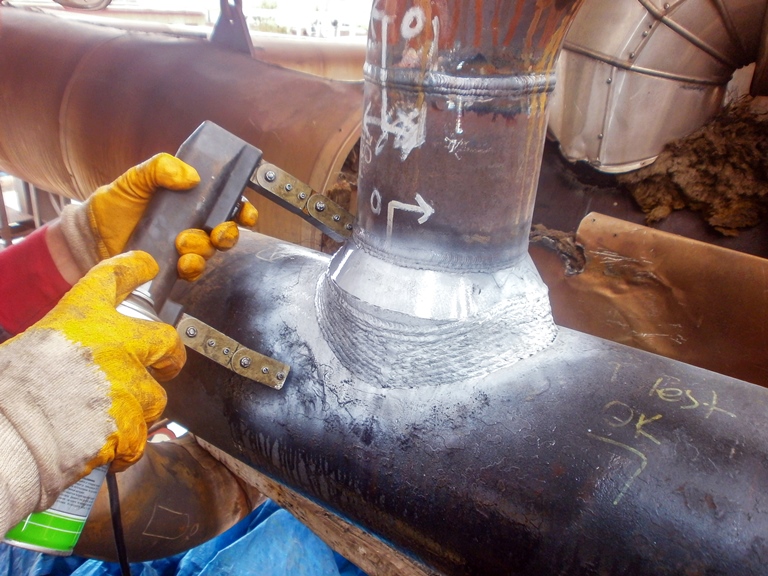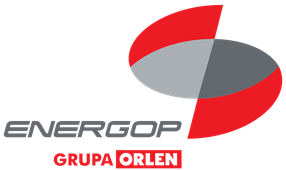Nondestructive testing (NDT)
Nondestructive testing (NDT)
The ENERGOP Sp. z o.o. laboratory has an implemented and functioning laboratory management system in accordance with PN-EN ISO / IEC 17025:2018-02 for non-destructive testing (NDT). In addition, individual methods have the recognition of the Office of Technical Inspection (UDT) and Transport Technical Inspection (TDT).
- Visual testing – VT
Visual testing is the oldest and most widespread non-destructive testing method. Their ease makes them applicable in a very wide range, both at the stage of the manufacturing process and in the form of in-service inspection. They make it possible to detect inconsistencies of shape and dimension and other defects arising during production or in the traction of product use, including cracks, surface pores, corrosion and many others.
- Penetration testing – PT
Penetration tests are one of the oldest non-destructive testing methods. They are applicable to both metallic and non-metallic structures. They can be performed at the production stage and during operation. They make it possible to detect defects open to the surface.
- MT magnetic-powder testing
Magnetic-powder testing will make it possible to detect defects under the surface and extending to the surface of products made of ferromagnetic materials. This method is applied to objects of various shapes and dimensions in many industries, such as automotive, aerospace and energy.
- Ultrasonic testing – UT and UTT
Ultrasonic testing – a volumetric non-destructive testing method, using vibrations with frequencies above 16 kHz. It allows to locate and determine the size of defects inside the material and its thickness. Ultrasonic testing is one of the most important and widespread non-destructive testing methods.
- Radiographic testing – RT
Radiographic tests [1] are considered the primary method of nondestructive testing. They are characterized by high reliability of results and are used to detect internal defects in products using the phenomenon of absorption of X and gamma radiation. They are mainly used for testing welded joints and castings. All metals and their alloys, as well as non-metals, can be examined using radiographic technology.
- Chemical composition testing using portable equipment – PMI
Determination of the type of alloy under study is possible through the study and analysis of the chemical composition of metals, which we perform using an X-ray fluorescence spectrometer XRF. The equipment can be used to test: structural steels, stainless steels, low alloy steels, tool steels, nickel alloys, cobalt alloys, copper alloys, titanium alloys, aluminum alloys, alloys and unidentified steels.
The laboratory’s employees are experienced in testing welded joints and materials and their qualifications are in accordance with the requirements of ISO 9712 and the regulations for testing non-separable joints of pressure equipment in accordance with Directive 2014/68/EU.

[1] The activities carried out do not carry out work that may result in exceeding doses to the general public and leakage of radioactive substances into the environment.
